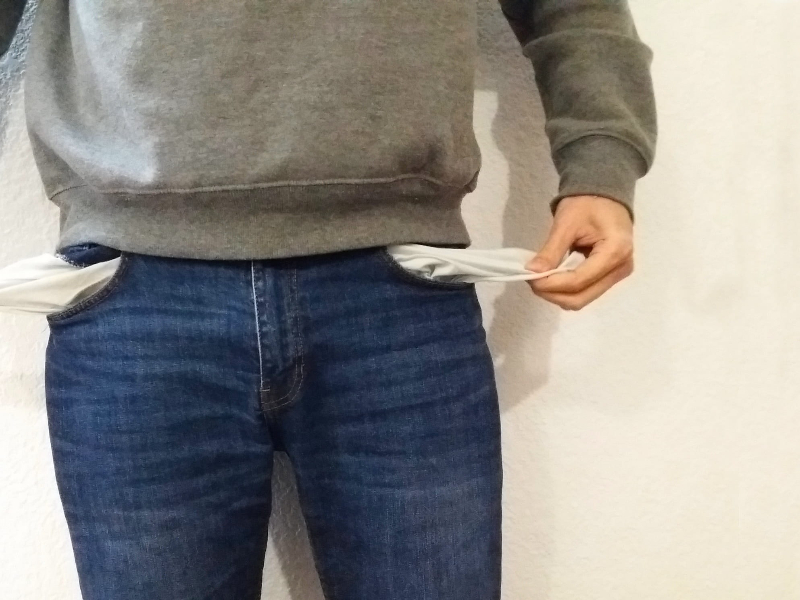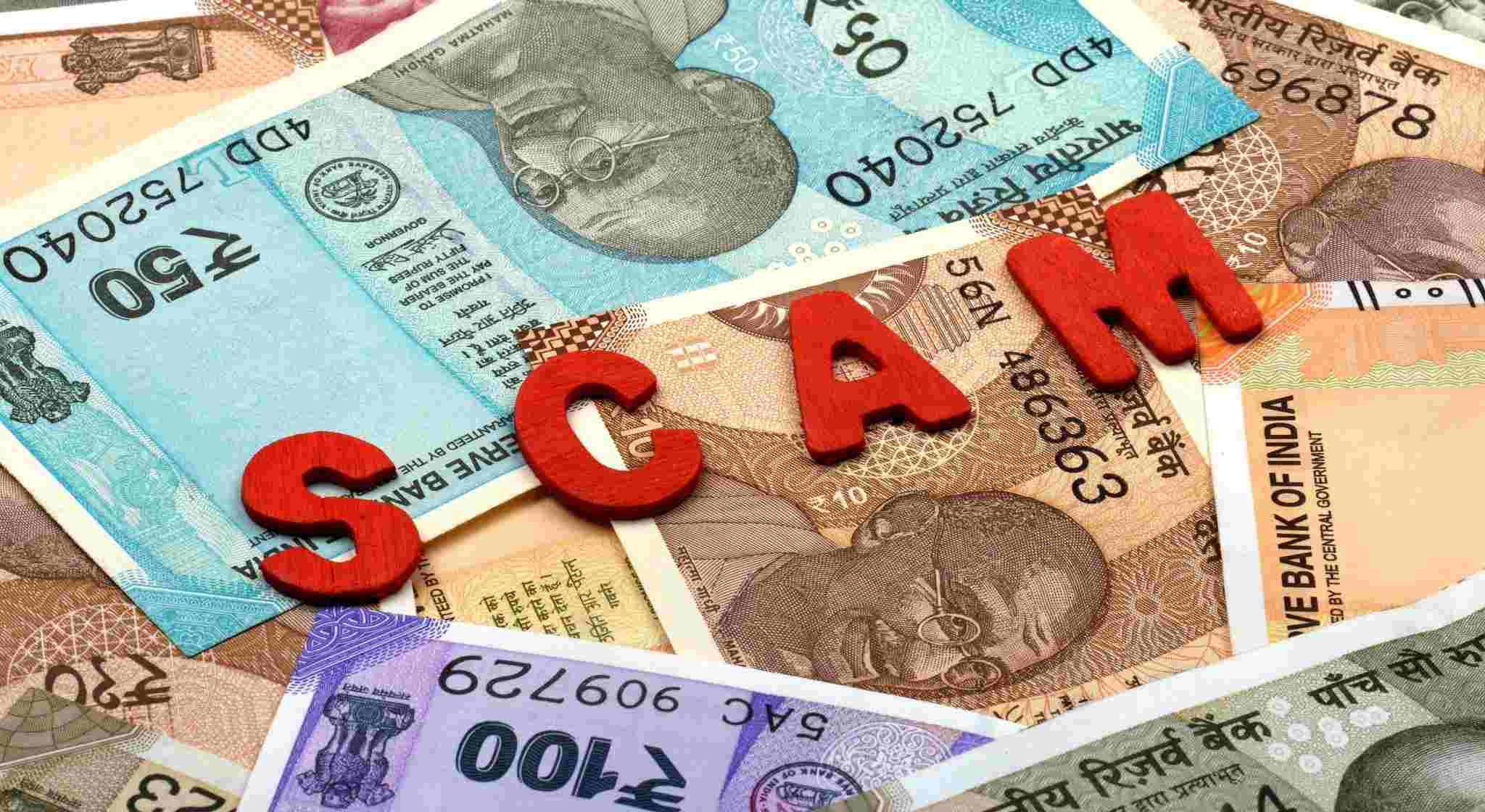Home » Recent Investigations Reveal Several Fraudulent Charity Websites Running for Ukraine War Relief Efforts
Recent Investigations Reveal Several Fraudulent Charity Websites Running for Ukraine War Relief Efforts

Watch Out for Charity Frauds That Are Taking Advantage of The War in Ukraine
During the war in Ukraine, con artists are taking advantage of people’s kindness by creating phony contribution websites.
Since Russia invaded Ukraine, there has been a steady growth in the number of fraudulent donation websites that try to take advantage of the goodwill and compassion of people who are eager to lend a hand. According to the findings of the inquiry, a fake website with the name “Save Life Direct” that falsely claimed to have raised a total of $200,000 (or 80,000 pounds) was registered to a man living in Abuja, which is located in Nigeria.
He first claimed that he was sending funds to a “friend” in western Ukraine until the BBC tracked him down and made contact with him. Later, he revealed that he had not even come close to raising the $100,000 needed. He assured them that he would produce evidence that the website was legitimate, but he never did, and as a result, the website was taken offline the next day.
How Do These Scams Take Place?

Many of the cons play on victims’ feelings by, for example, claiming to be real people in Ukraine who are in need of assistance while also using emotionally-charged language.
One fake website had stolen the information of a legitimate organization that was soliciting money for the Ukrainian military. This fake website then put up an alternative address, which was controlled by the con artists, to which donations could be made. Even the legitimate Facebook pages of real Ukrainians who were trying to raise money for the cause were utilized, such as the one belonging to Tanya Tarasevich, whose job is to deliver supplies to the combatants who are currently engaged in the conflict.
She expressed her utter disgust at what they had done: “When in your country small children are dying, and your country is all on fire, it is the worst thing that you can do to a human. It is the worst thing that you can do. It’s against the law.” According to Jack Whittaker, a specialist in internet cons who is currently working on completing his Ph.D. in fraud at the University of Surrey, there are hundreds of websites like this one, indicating a “high degree of success.” According to the findings of his research, con artists are constantly hunting for fresh opportunities. “They simply have the T.V. on, and they search for the next big incident that they can attach themselves to, and in this case, the perfect chance was the crisis in Ukraine.”
The investigation conducted by the BBC discovered that the logos and branding of the charitable organization Save the Children had been taken and used to construct a bogus website. The “generosity of the British public is being taken advantage of,” according to Chris Saul of Save the Children. He continued, “There are also the children, with whom we work around the world, who are not going to get the help they need.”
DO YOU NEED EXPERT ADVICE?
We have encountered victims who were mentally and emotionally drained when they were scammed out of their money. We can help you with your legal and technical concerns. We can help you get your money back.
How to Identify A Fraudulent Charity Website?
According to the annual report on U.S. generosity that is published by the Giving USA Foundation, in 2020, charitable donations made by Americans totaled more than $471 billion.
This generosity helps a large number of incredible organizations, which in turn put those billions to work for a wide variety of causes, including health care, education, environmental preservation, the arts, and many more. Unfortunately, this also makes it easier for con artists to take advantage of well-intentioned contributors and use their generosity to line their own pockets.
A significant number of these cons include sham donations to military or disaster relief organizations. Swindlers are aware of how quickly we are to open our hearts and wallets to people who have served our country and to those who are trying to rebuild their lives after natural disasters such as hurricanes, earthquakes, or wildfires. Swindlers targeting charities are particularly active during the holiday season, which is traditionally the most generous time of the year. Among the warning indicators are: There is significant pressure to give right now. When you decide to give to a reputable charity, they will gladly accept your contribution at any time, a note of appreciation for a contribution that you don’t seem to recollect making.
Fraudulent fundraisers will often utilize the tactic of leading you to believe that you have already contributed to the cause in order to reduce your reluctance to give more money and a demand for payment to be made in the form of cash, a gift card, or a wire transfer. These are the payment methods that con artists prefer to utilize because it is difficult to keep track of the money.
How to Avoid Charity Scams?

Fake charitable organizations are quite successful because they imitate the genuine variety.
They approach you in the same ways that legitimate charitable organizations do, such as through telemarketing, direct mail, email, and door-to-door solicitation. They develop professionally designed websites with misleading domain names. (In the days following Russia’s invasion of Ukraine, the cybersecurity company DomainTools saw a significant increase in the number of URL registrations that included the phrases “Ukraine” and “Ukrainian”).
Some completely disregard the law in their operations. In contrast, others claim to be legitimate charitable organizations but only put a small portion of the funds they earn into the causes they advocate. Authorities from the federal government and several states worked together in March 2021 to bring an end to a massive fundraising network. They claimed that the affiliated companies took as much as 90 cents of every dollar donated.
At the same time, they harassed consumers with illegal robocalls and deceptive appeals to support autistic children, homeless veterans, and cancer patients. You may help make sure that the money you donate goes to groups that are truly helping people, rather than enriching the organizations themselves, if you do a little bit of research and take a few simple precautions.
Chargebacking is here to help you recover your money and get your life back. We also have guides and news alerts that can aid you.
Sources & Attribution
Find Related News
Subscribe to Our Newsletter
Scam Recovery Resources
CFD Scam Didn’t Go As Planned for The Scammers – Frank Moorro Managed To Recover $12,000
CFD scams are contracts for various types of frauds that have been on the rise. The frauds appear to be expanding in frequency as the number of victims grows, thanks to a persuasive staff that cold phones and pressures targets. CFDs are a legitimate investment and trading product.
All There Is To Know About Payment Scams To Stay Safe From Them in 2022
When someone steals another person’s payment information and uses it to make illicit transactions or purchases, this is known as payment fraud. hen the cardholder or owner of the payment information notices that their account is being used for transactions or purchases that they did not authorize, they file a dispute.
How Mr. Johnson Recovered His Life’s Savings Worth $67,000 by Collaborating with Chargebacking & Kicking His Forex Scammers to The Curb!
The single most important thing a person can do to avoid being conned is to understand how to trade in the Forex market properly. The problem is that finding trusty Forex teachers is difficult.
How Hannah Lane Managed To Recover $98,000 From An Online Dating Scam
At last, after months of turmoil, Hannah managed to recover financially and even paid off her debts in time with the help of Chargebacking. She is aware that if it weren’t for them she would have never been able to recover the amount and would have been crippled with debt.
The Cryptocurrency Scam That Blew The World Away – CoinCheck
Coincheck had to face tremendous challenges to pay back this much money, and it almost seemed impossible to catch the thieves. Coincheck updated the rules and authenticity to all the sites keeping in view the risk involved in online transactions.
Our news coverage focuses on reporting scam related news and alerts. We aggregate information from web resources, as well as, reach out to our contacts so that we can get the latest scoop on scam operations.
FundTrace is committed to upholding the journalistic standards online, including accuracy. With our news reporting, our policy is to review each issue on a case by case basis, immediately upon becoming aware of a potential error or need for clarification, and to resolve it as quickly as possible.
We Can Help You
Victims of scams are stressed out because they don’t know what to do. We have the tools and experience to fight off scams. We will help you in getting your money back.
Please fill up the form now so that our team will get in touch with you.








